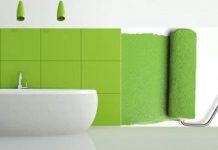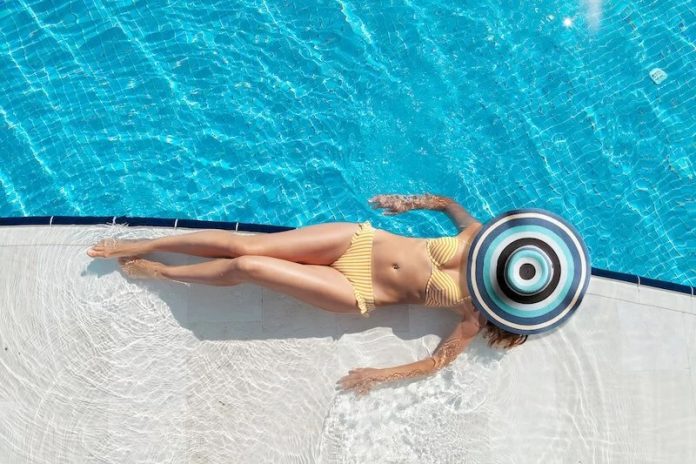
The heat is just around the corner and it’s time to dust off the swimsuits and renew the sun creams, but also to get the pool ready. In this sense, one of the most important aspects is knowing how to choose the best paints for swimming pools. In this guide we give you the keys on what type of paint is the most appropriate guide so you can enjoy your pool and have a good time soaking.
There is no doubt that when the heat arrives, the pool becomes one of the main protagonists. Not only for the aesthetics that it brings to the garden of your house, but because it helps to cope with high temperatures. Renovating it with special paint for swimming pools is a quick and easy solution to have it ready in record time. Also, painting and repairing cracks is much easier and cheaper than you think.
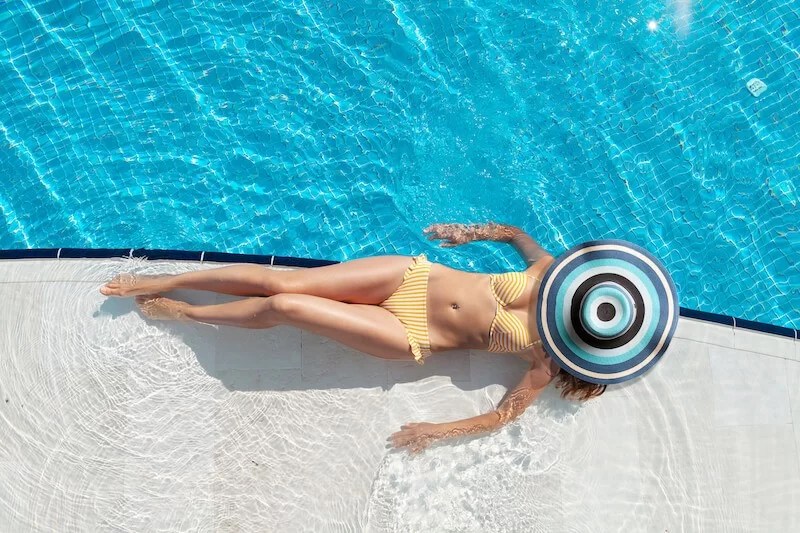
What pool paints should I buy?
The pool paints they have in common that they are waterproof, have great adhesion, are resistant to alkalinity of the water and have anti-mould preservatives that keep it free of fungi, bacteria and prevent the formation of algae.
The first thing that should be taken into account when buying pool paint is the state of the surface to be painted, the type of pool paint that has been previously used and the construction material of the pool. In general, the main paints for swimming pools that we find on the market are:
- Chlorinated rubber. It is waterproof, highly resistant to water, fungi, alkalinity and the chemical products that are commonly used to maintain the pool. In addition, it adheres perfectly to the surface and dries relatively quickly.
- Paint for water pools. Its main advantage over chlorinated rubber pool paint is that it does not smell and is easier to apply. It also prevents the formation of mold and algae and has good resistance to alkalinity that can damage the surface.
The most advisable thing is to renew the paint with the same type that was used initially, either chlorinated rubber or water. If you don’t know what paint was previously painted with, always opt for water-based paint since solvent paint could damage the surface.
On the other hand, if you need to paint the area around the pool or shower area, include a non-slip additive to the paint to prevent slips and unwanted shocks.
What color to choose to paint the pool?
The blue color is the most used when painting the pool, as it gives a feeling of cleanliness, freshness and clarity. In the market you can also find paints for swimming pools in other colors such as white and turquoise, each one has its particularities:
- White. It increases the luminosity and better captures the sun’s rays, which can cause glare and make the water hotter.
- Turquoise. It can make the algae go unnoticed, but it also brings a heavenly atmosphere to your pool.
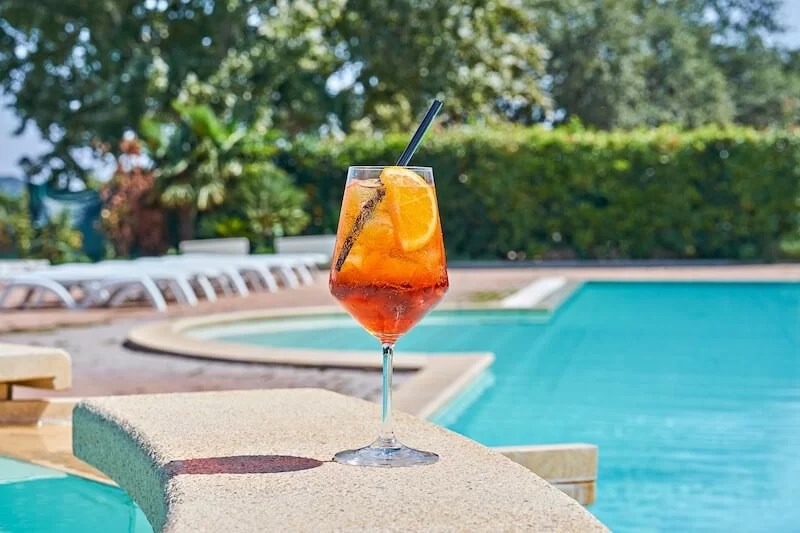
Preparation before painting the pool
To paint your pool you will have to provide yourself with a special roller for floors, an extension for rollers, a bucket, sandpaper and a brush.
On the other hand, it is not the same to paint a new construction pool than one that has been built for a long time and has been previously painted. In the case of new construction, it will be necessary to check that the concrete has completely set and clean the surface of dust and dirt, with the pool empty.
To renew the paint of a previously painted pool, follow these steps:
- Repair and seal cracks.
- Fix the floor and replace the damaged tiles or mosaic.
- Remove the remains of poorly adhering old paint with a scraper or metal bristle brush.
- Clean mold or algae with water and bleach, rinsing afterwards with fresh water.
How to keep the pool clean
Keep your pool clean It will always look like new and freshly painted. The fact that it is in continuous contact with water causes fungi to proliferate and algae to form, as well as dirt on the walls and floating bugs. To avoid this, you must carry out maintenance consisting of:
- Clean submerged accessories such as baskets, gratings or ladders.
- Use a brush to clean the walls or a pool robot for the bottom.
- Clean the waterline of bugs and traces of body oils and creams with a leaf picker.
- Check the filtration system to eliminate the accumulated lime.
- Sanitize the water with the application of a fast-acting chlorine, either in tablets or granules.
- Check the pH levels of the water to verify that it is at optimal values (between 7.2 and 7.6).
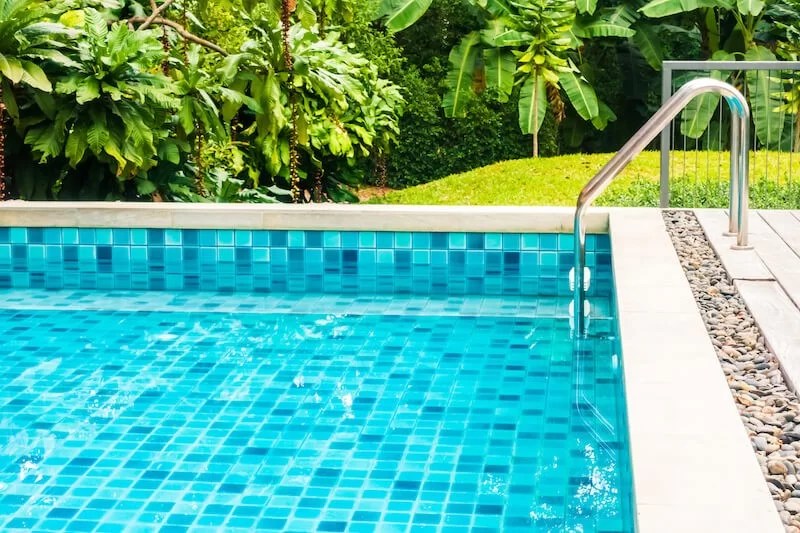
Once you have applied all these keys to know how to choose paints for swimming pools and get it ready, you just need to enjoy it. So don’t hesitate any longer and get to work.
If you liked this post, you can see many more guides on DIY and decoration at .


